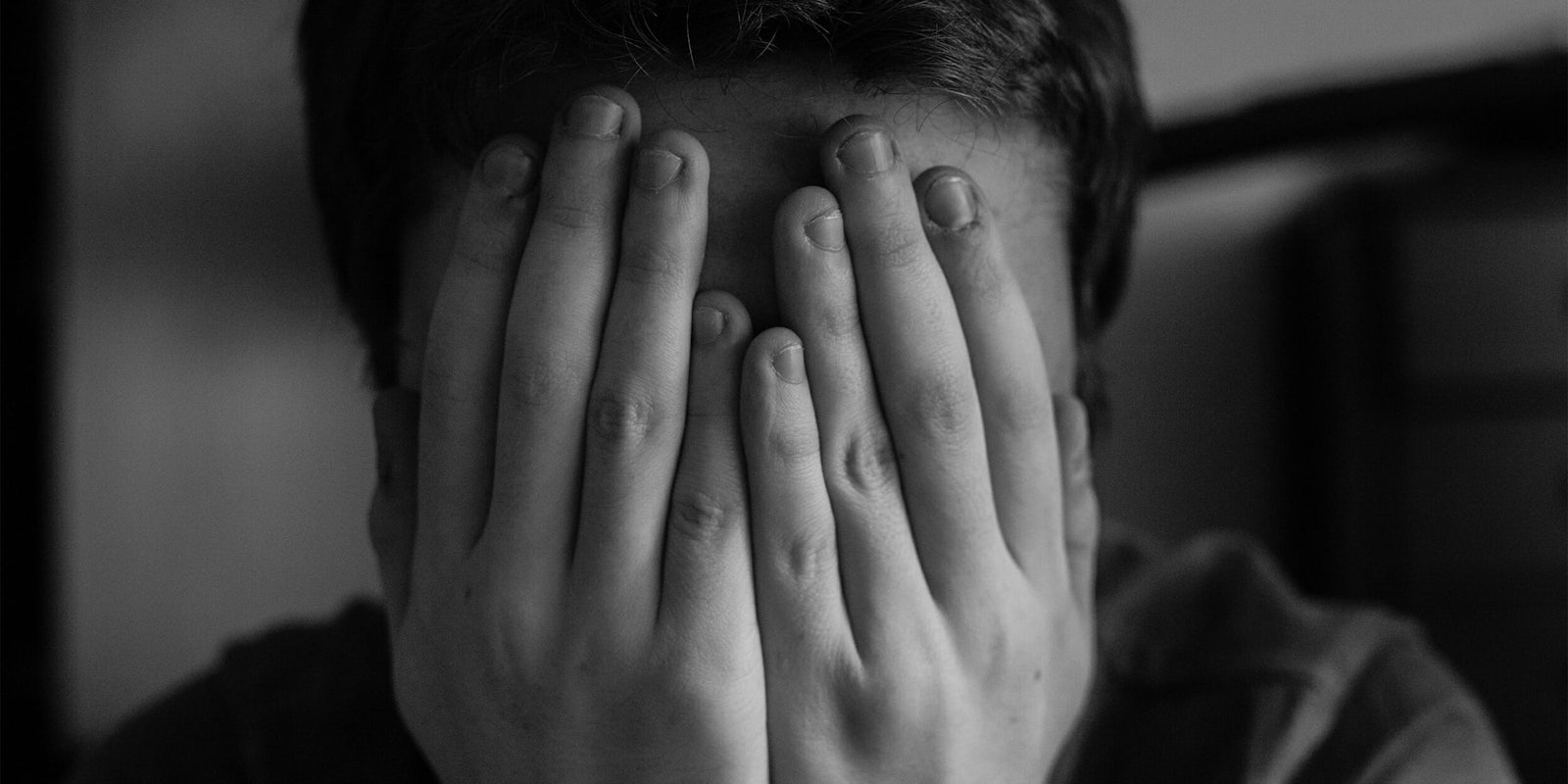It’s winter, and it’s cold out. The sky has remained the same shade of muted gray for nearly a month. You’re sluggish as the cold front blows in, the thought of socializing at a holiday party pains you, and you feel as if you’ve exhausted your energy just by getting out of bed. You could blame it on Mercury in retrograde, but you could be feeling the weight of seasonal depression.
Seasonal affective disorder, also coincidentally abbreviated as SAD, is a specific form of depression that occurs during the seasonal months. The phenomenon has drawn cultural and scientific attention for more than 30 years. For most people, symptoms start in the fall and continue through the winter months. You don’t necessarily need to consult a medical professional to determine whether you’re suffering from seasonal depression, but it is a serious phenomenon that plagues many throughout the months when we’re expected to be the “jolliest.”
To better understand what seasonal depression is and how to get help if you feel it’s taken a life of its own, here are a few things you need to know.
What you need to know about seasonal affective disorder
Is seasonal depression real?
While seasonal depression commonly coincides with the colder temperatures, lack of sunlight, and conflicting moods from the holiday season, it isn’t exactly medically validated. Instead, many psychologists or psychotherapists treat it similarly to major depression.
In 2016, a group of researchers at the Center for Disease Control studied SAD to determine how much depression is actually caused by the change in weather. The CDC conducted a population-based study using a questionnaire and regression models, and found no evidence for seasonal affective disorder, saying the specific type of depression is “strongly rooted in folk psychology” but isn’t supported by their data.
The literature doesn’t recognize seasonal affective disorder, either.
“Seasonal affective disorder is not listed in the Diagnostic and Statistical Manual of Mental Disorders, the current edition DSM-5,” said Austin-based psychotherapist Jane L. Cobb, LCSW, BCD. “What is listed is major depression and then seasonal components. A person can have the symptoms of major depression that hit mostly at certain times a year, particularly fall and winter, and diminish when spring comes around.”
In other words, what many describe as “seasonal affective disorder” is simply a form of depression that’s triggered by winter elements.
READ MORE:
- A plain and simple guide to understanding consent
- The best self-care tips and ideas
- Everything you have never understood about being nonbinary
- What is social justice? The rise of the social justice warrior
What causes seasonal depression?
There are several theories about what causes seasonal depression, none conclusive, and being aware of these could be the first step to combating symptoms.
Most psychiatrists and psychotherapists believe that SAD is mainly induced by the offset of our biological clocks (circadian rhythm). If you think about it, daylight savings shortens our days and takes away a couple hours of light we would normally experience in the spring and summer months. In the winter, this just means that your normal schedule is all out of whack. Fewer sun rays and shortened days will disrupt your internal clock and leave you feeling depressed, even if you’re not usually spending the majority of your time outdoors.
Since the sun’s stay is shortened during the winter, your serotonin levels that typically boost your mood drop significantly. Melatonin, which aids in sleep and mood, drops during the colder months as well. Certain cloudy parts of the world can attest to this, especially Norway and Sweden, where people only see the sun for a mere six hours a day.
As unfortunate as it is, feelings of loneliness during the holiday season can also contribute to seasonal depression. If you aren’t in close proximity to your family and friends at a time when society not only expects but pressures you to be jolly and connected, it can take a toll on your mental health and well-being.
How to identify if you have SAD
Here’s a list of major symptoms of depression:
- Depressed or low mood
- Lack of motivation
- Loss of interest in hobbies or work
- A disturbance in your appetite, such as the urge to binge or ward off food altogether
- Sleep disturbance. too much or not enough
- Low feelings of self-worth
- Thoughts of death, suicidal feelings
- Guilt
- Difficulty making decisions
- Difficulty concentrating
According to Cobb, if you have been experiencing at least five of these symptoms for two weeks or more, you may be experiencing depression, and it may be time to visit your doctor. Even if the symptoms are not induced by SAD, it could lead to more serious issues.
READ MORE:
- How to know if you’re a victim of ‘gaslighting’
- The importance of defining sexual harassment and sexual assault
- A complete timeline of brave women sharing Harvey Weinstein stories
How can you get help or treatment?
Depression is a mental disorder, but it’s also fairly common, and by no means is it untreatable. According to the National Institute of Mental Health, 350 million people worldwide (or 5 percent of the population) suffer or have suffered from depression. According to Cobb, here are a few things you can do to alleviate your symptoms and receive the help you need.
- Light therapy: A form of phototherapy where a patient is exposed to certain wavelengths of artificial light aimed to cure SAD.
- Regular exercise: Exercise is beneficial to balancing your mood and alleviate forms of depression
- Socializing: Even if it’s the last thing you think you want to do, actively seeking support is important.
- Find a balance between work and your personal life: Especially during the colder months, slacking on your work-life balance can lead to stress. Be sure to take time for self-care and prioritize what’s most important to you.
For more information suicide prevention or to speak with someone confidentially, contact the National Suicide Prevention Lifeline (U.S.) or Samaritans (U.K.).
Editor’s note: This article is regularly updated for relevance.



